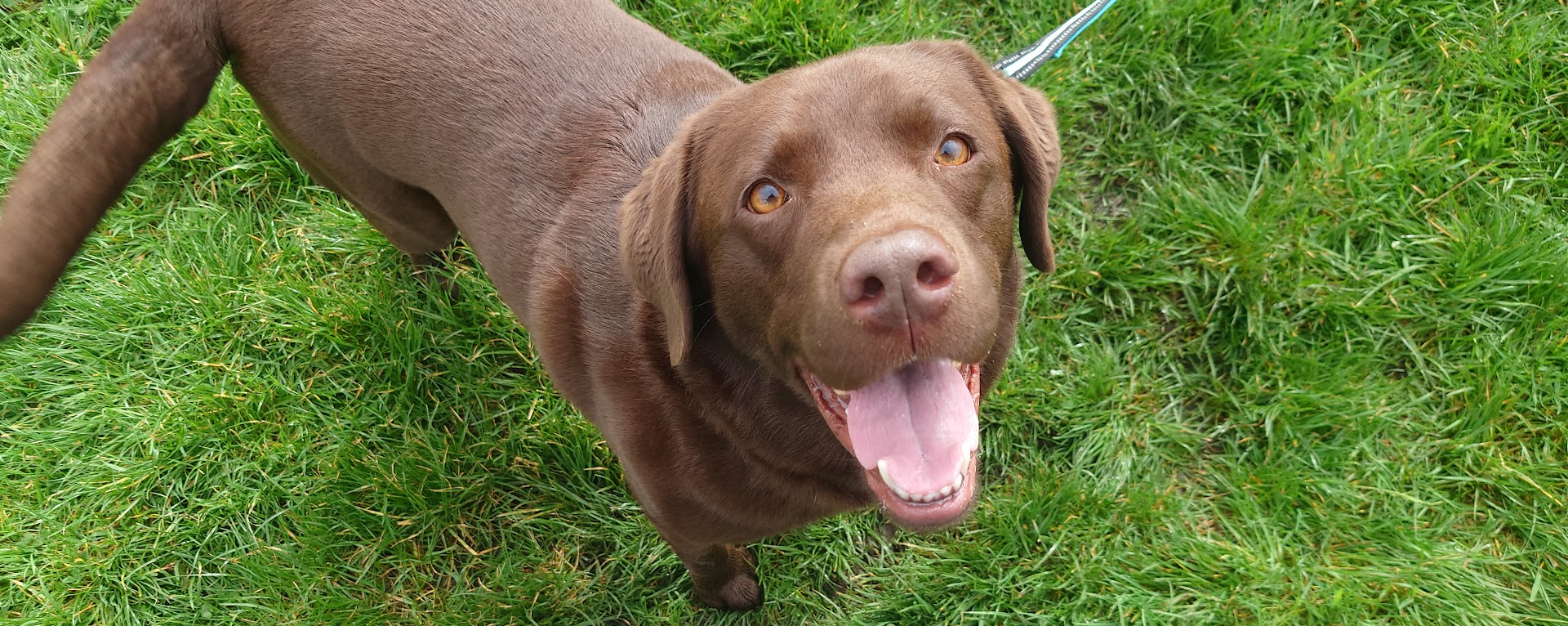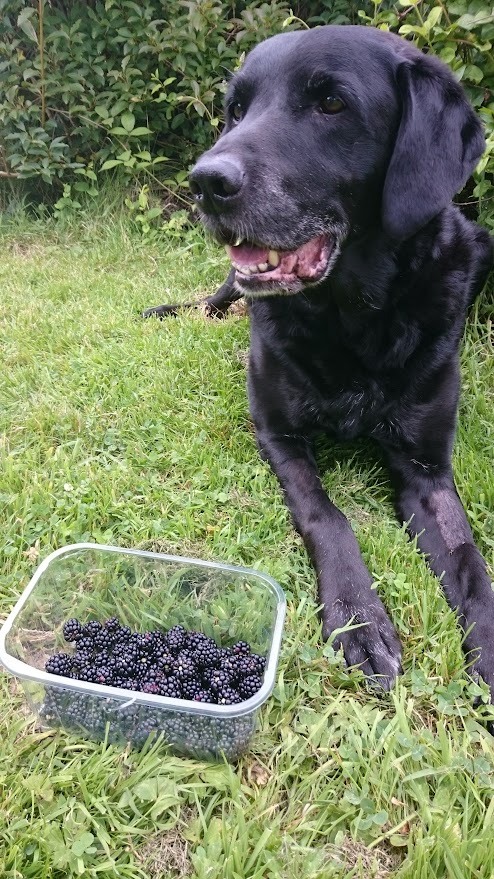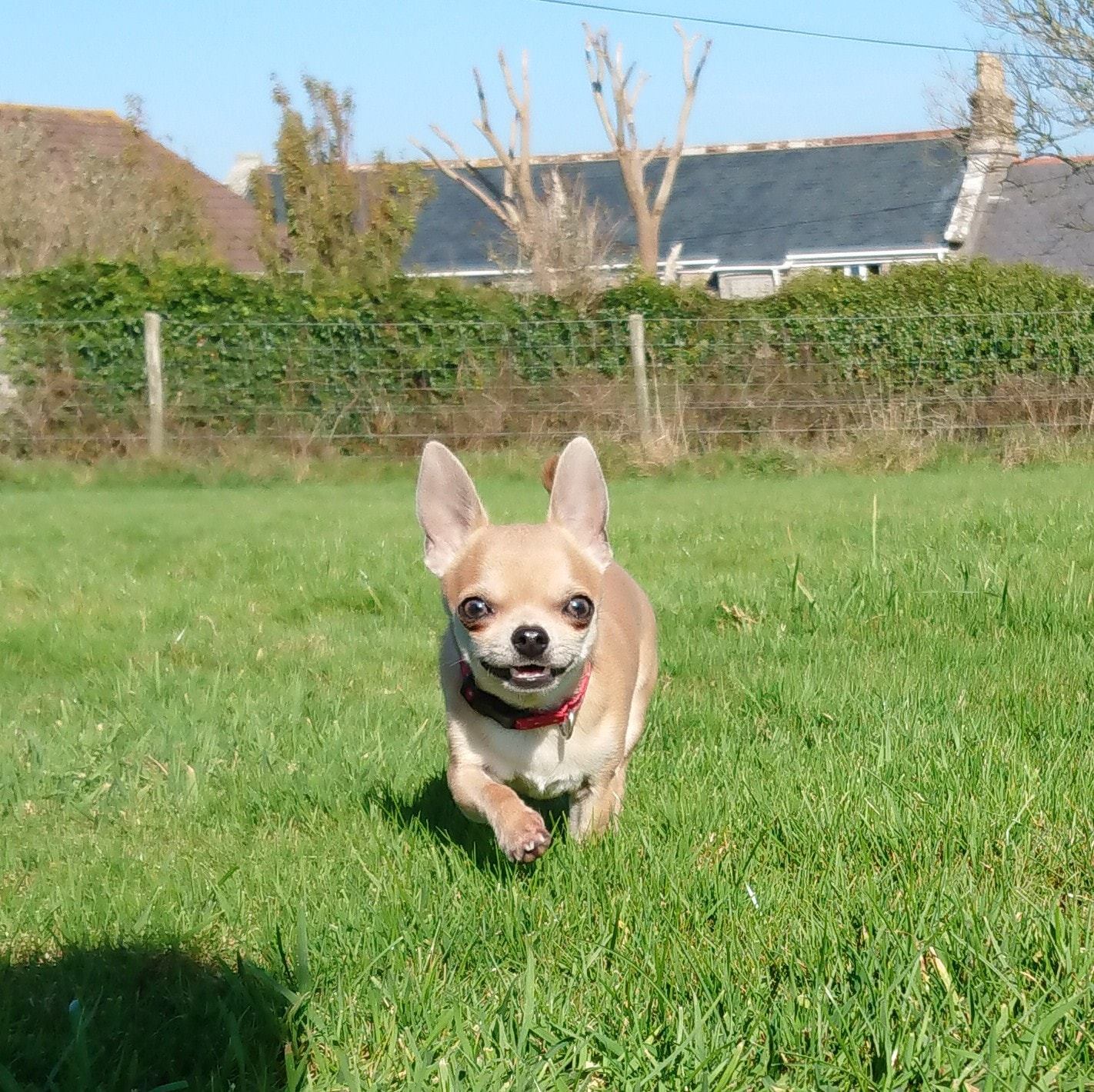Call / 07815 167247
Email [email protected]
Call / 07815 167247
Email [email protected]

How clear do you think you are when communicating with your dog?
Do you have lots of words that mean the same thing?
Do different people in the family say and do different things?
Do you feel you need to repeat yourself?
Being clear, consistent and easy to understand is super important when communicating with our dogs, because our dogs are really clever at working things out, particularly when there is something good in it for them.
Let's use coming back when called as a good example of why consistency is important, because it is one of those crucial behaviours that I often problem solve with clients.
I am sure you have a few different cues that you shout out when you want your dog to run back to you, some more effective than others, but let’s first think about those ones our dogs have worked out for themselves. My dogs have had a few over the years:
All these are super effective and rarely fail because there is something good in it for my dog and they are often very consistent. My point is, your dog learns all these amazing cues without you realising it, but sometimes when we try to train a dog to come when called we end up confusing our dog.


In training we work hard to build that clarity and consistency, but then in real life, it sometimes breaks down. We repeat things, we use different words each time, we escalate to the word that 'works' after trying a whole load of other versions of our coming back when called. This is what I often hear when someone is challenged in getting their dog back to them:
These dogs come back, but life could be so much simpler!
Here are my top FOUR tips for bringing more consistency and clarity in to your training and how you take that into the real world.
Use clear and consistent cues for what you are asking your dog to do. Ensure that they are the same each time and each member of the family is doing the same thing and expecting the same results.
Think not just about what you say, but also what you do. Dogs are incredibly adept at reading you. For example, if you build a ‘this way’ cue to follow where you go, and you always take a step back as you train it, then that has likely become part of the cue. Then you try it in real life, but don’t take a step back and your dog does not respond, and you think your dog is being stubborn.
Deliver your reinforcement so that your dog associates it with the specific action you want to reinforce, but don’t skimp. One quick piece of food might not be enough. As anyone who works with me knows, generosity in that moment is important. Don't throw away the opportunity ot make sure that your dog knows how great they are.
Next time you walk your dog, or do any training with your dog, listen to what you do and say. My top tip is to video yourself. Watch it three times at least. Once to watch you, once to watch your dog, and once to watch the whole scene. You might be surprised at what you see and hear.